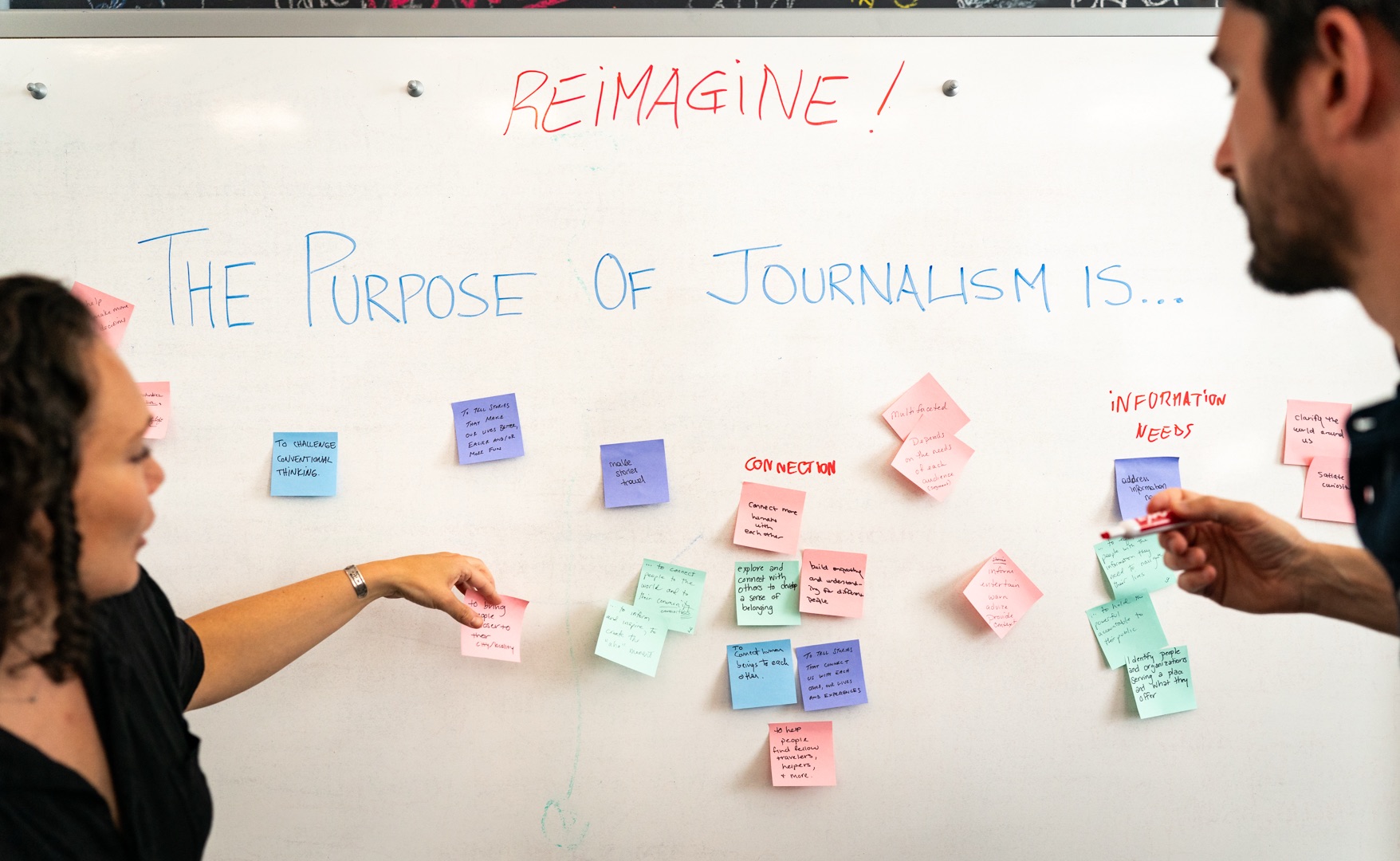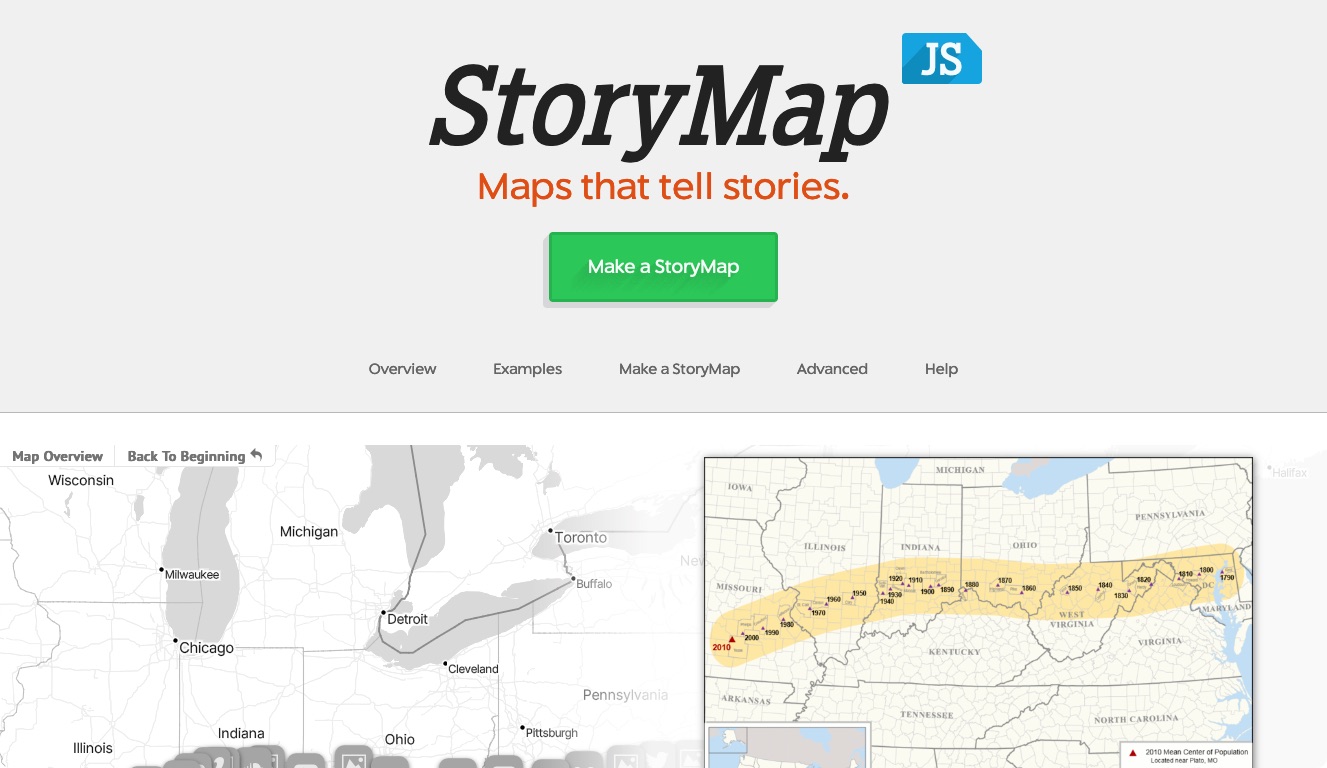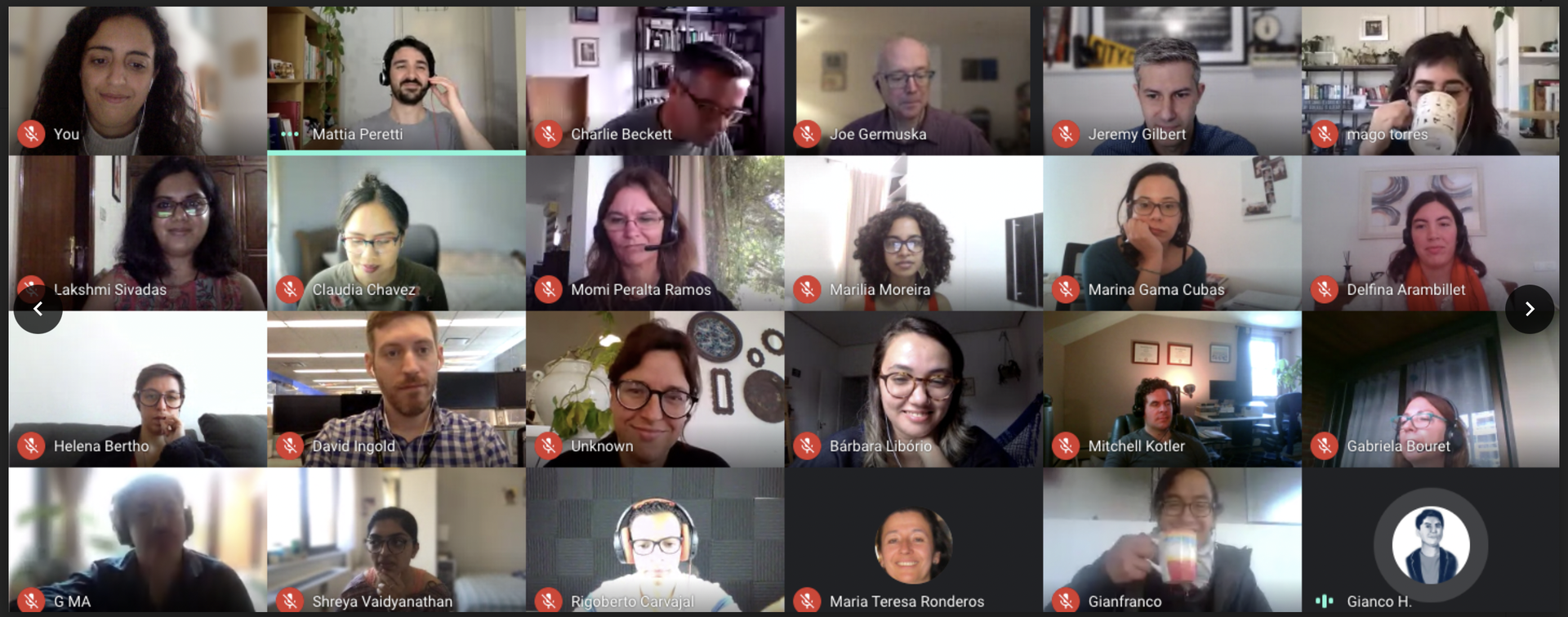
Each week our very own Stephen Autar tracks the tech and journalism conversations on Twitter as he runs the @KnightLab handle. He offers a recap of the most intriguing and important stories each Friday.
This week, like every other, was a great week on Twitter. There was much news to follow and talk about—even more so than usual.
Conversation surrounding the death of Aaron Swartz carried over into much of this week. Everyone from NPR to The Atlantic to the Washington Post to the Huffington Post to Gawker and beyond had coverage of some facet of the story. The innumerable stream of tweets from friends, supporters and fellow activists remembering Swartz and commemorating his work kept his name very much alive online.
On Monday, The Atlantic published an advertorial featuring the growth of Scientology last year and subsequently took it down following immediate and intense backlash across what felt like the entirety of the Internet. The Atlantic later said they “screwed up” while over on The Guardian, Dan Gillmor called it a “blunder,” Gothamist called it “bizzare,” and Taylor Berman on Gawker declared it “Bizarre, Blatant Scientology Propaganda,” and, of course, Twitter was ablaze with jokes and general commentary on the situation.
What was unclear to me, however, was what most people were generally upset about: the fact that it was an advertorial or that it was focused on the Church of Scientology. Since media has been publishing similar forms of sponsored content for ages, I can’t imagine the former being the matter. If it’s the latter, I suppose I’m even more confused. While the Church of Scientology is a controversial figure, I don’t see how posting sponsored content advertising Scientology is any different from running native Obama for America political ads. Are we to assume everyone who visits BuzzFeed was an Obama supporter, just as everyone who reads The Atlantic’s content must be anti-Scientology?
Tuesday was the big secret event Facebook invited the media to. CEO Mark Zuckerberg unveiled what he hails the third pillar of Facebook: Graph Search. As Jared Keller tweeted the status of Facebook’s stock following the announcement, elsewhere on Twitter the mass confusion and furious stream of funnies in hopes of retweets ensued. (If you’re interested in the stocks, Quartz has a great post up.) Shortly after the announcement, this Facebook Note started getting passed around, "How Journalists Can Use Facebook Graph Search for Reporting." The entire Graph Search idea seems like a gold mine for marketers, journos and generally creepy people. Of course, the issue of privacy following the news of Graph Search was quickly brought up, and rightfully so as Henk van Ess’s tweet and Google+ post (is there a proper name for that yet?) have indicated.
This blog post by Cory Bergman was passed along Twitter for most of the start of the week, and it raises a great point: it should be mobile first not “mobile, too.” After Graph Search was announced, The Verge entered the conversation, agreeing with Bergman’s argument that developing for mobile should come first and not merely as an afterthought.
To round off the week, Deadspin’s story about Manti Teo’s dead girlfriend (spoiler: it was all fake!) and Oprah’s interview with Lance Armstrong, in which he confessed to doping provided much in the way of things to talk and tweet and blog about. Poynter compiled a list of reactions to the Manti Teo story and that barely scratches the surface. For the Lance Armstrong and #doprah madness, Outside magazine liveblogged the spectacle, which, again, barely scratches the surface.
About the author





